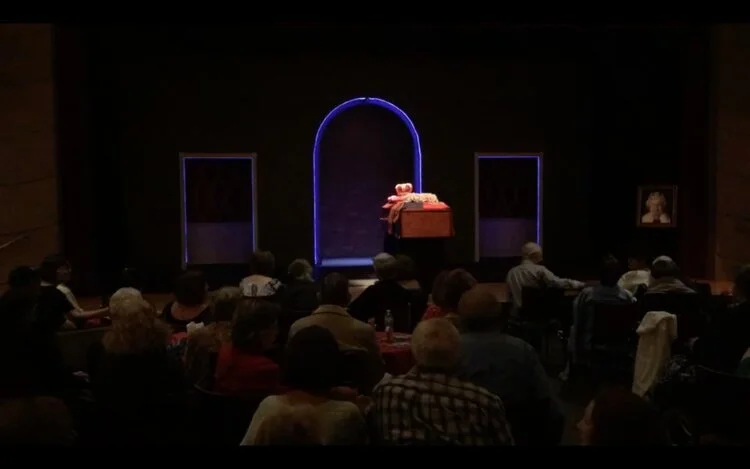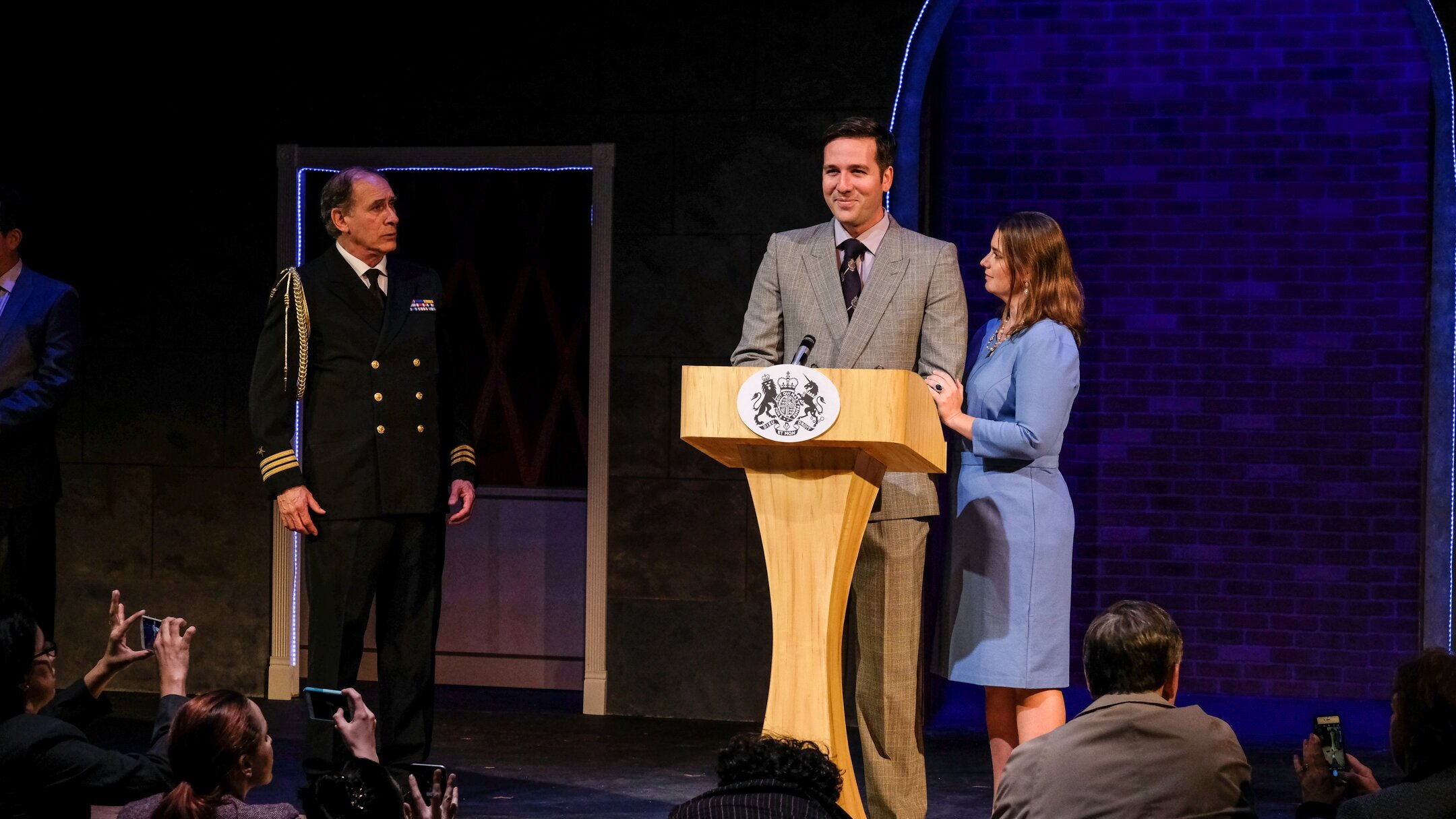
King Charles III
by Mike Bartlett
When I first heard about King Charles III, I was intrigued but unsure of what to expect; a play that imagines Charles and his family grappling with the death of Queen Elizabeth II, written in the style of a Shakespeare history play (five-act structure with blank verse)...how is that going to work? I ordered the script from Amazon and devoured it the moment it arrived; it was unlike any play I had ever read. It reminded me of Shakespeare’s works and themes, but stood firmly on its own two feet as a contemporary play, telling a story that resonates in our very modern society.
A script that asks big questions about the nature of democracy, the roles of government and governed, and the changing nature of our how we engage with our leaders, risks being sterile and bloodless. The dynamic element of this script is that those “big questions” are asked within context of the Royal family. The heady concepts are wrapped in the drama and passions of the Royals: William and “Waity Katie”, Harry and a commoner girl, and the never-ending love triangle saga of Charles, Diana, and Camilla. This story lets us slip behind the curtain of royal artifice to see the beating, blood-filled hearts of its characters yearning for power, love, freedom, relevance, or simply survival.
It was exciting to helm the San Diego premiere of the script and to be given the opportunity to dive into the mind of Mike Bartlett.
Opening Sequence.
The opening of King Charles III leaves the director with a great deal of latitude. The script just calls for a funeral procession but gives nothing more than that - it is up to the director’s imagination to create something that will give the audience context - the weight of Queen Elizabeth’s death, the pomp-and-circumstance of her internment, and ultimately the heavy burden about to be placed on the shoulders of now-King Charles. It was exciting to develop a moment that is a marriage of music, movement, and stage picture told the whole story of what came before even the first line is said (I was especially proud of having selected Handel as the composer, as he was a German-born artist that did his work in England - the house of Windsor having descended from the German House of Saxe-Coburg and Gotha).
Dramaturgy.
Working on a text that so deeply immersed the audience in the minutia of Parliamentary politics and procedure, royal custom, and real-world personalities necessitated an expansive and in-depth breakdown of for both the design team and the cast. The Dramaturgical Presentation included details about characters, background on specific plot points, and a general history of the House of Windsor. The Presentation itself was over 200 slides in length and included links to numerous websites for further study.
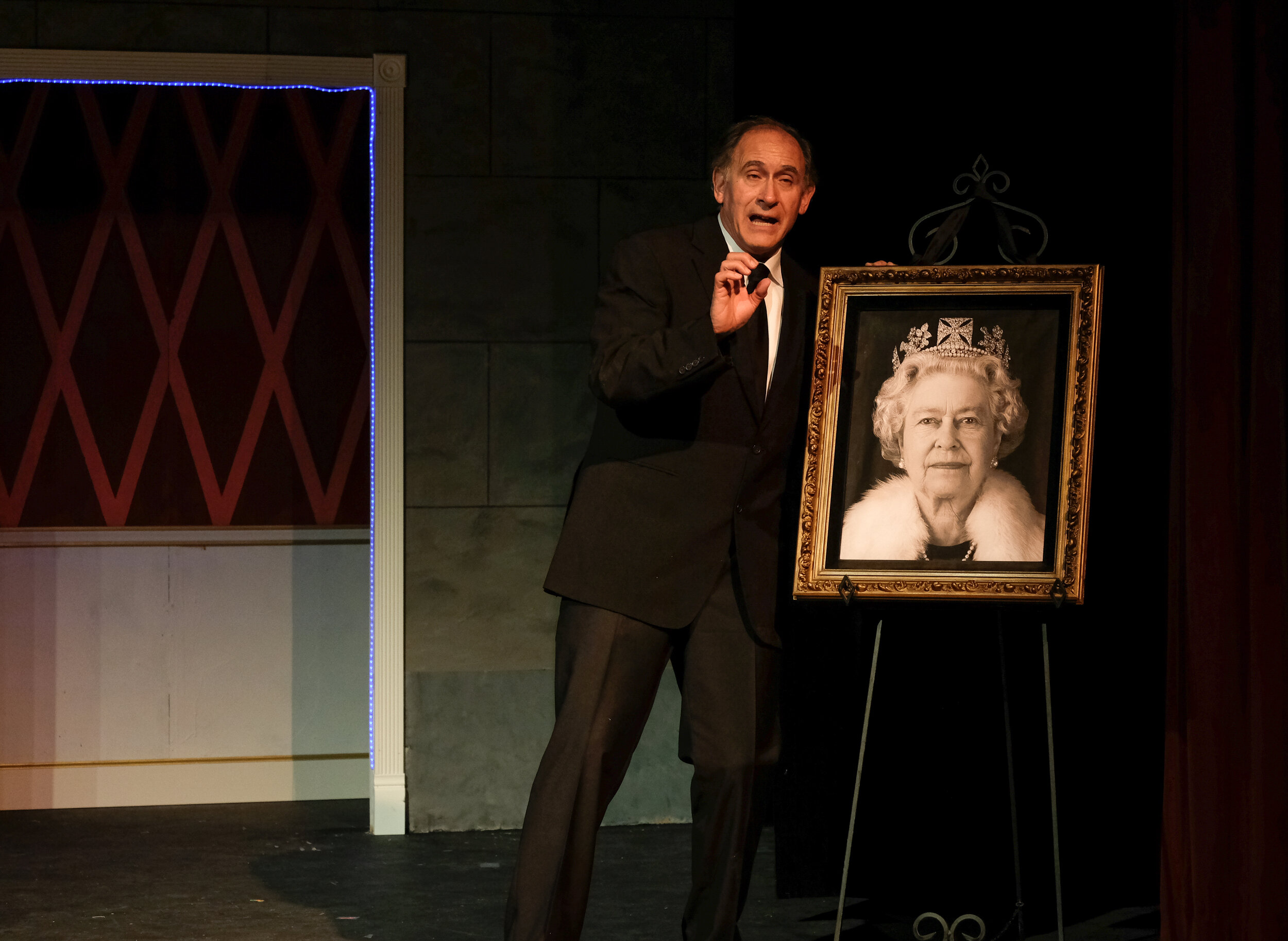
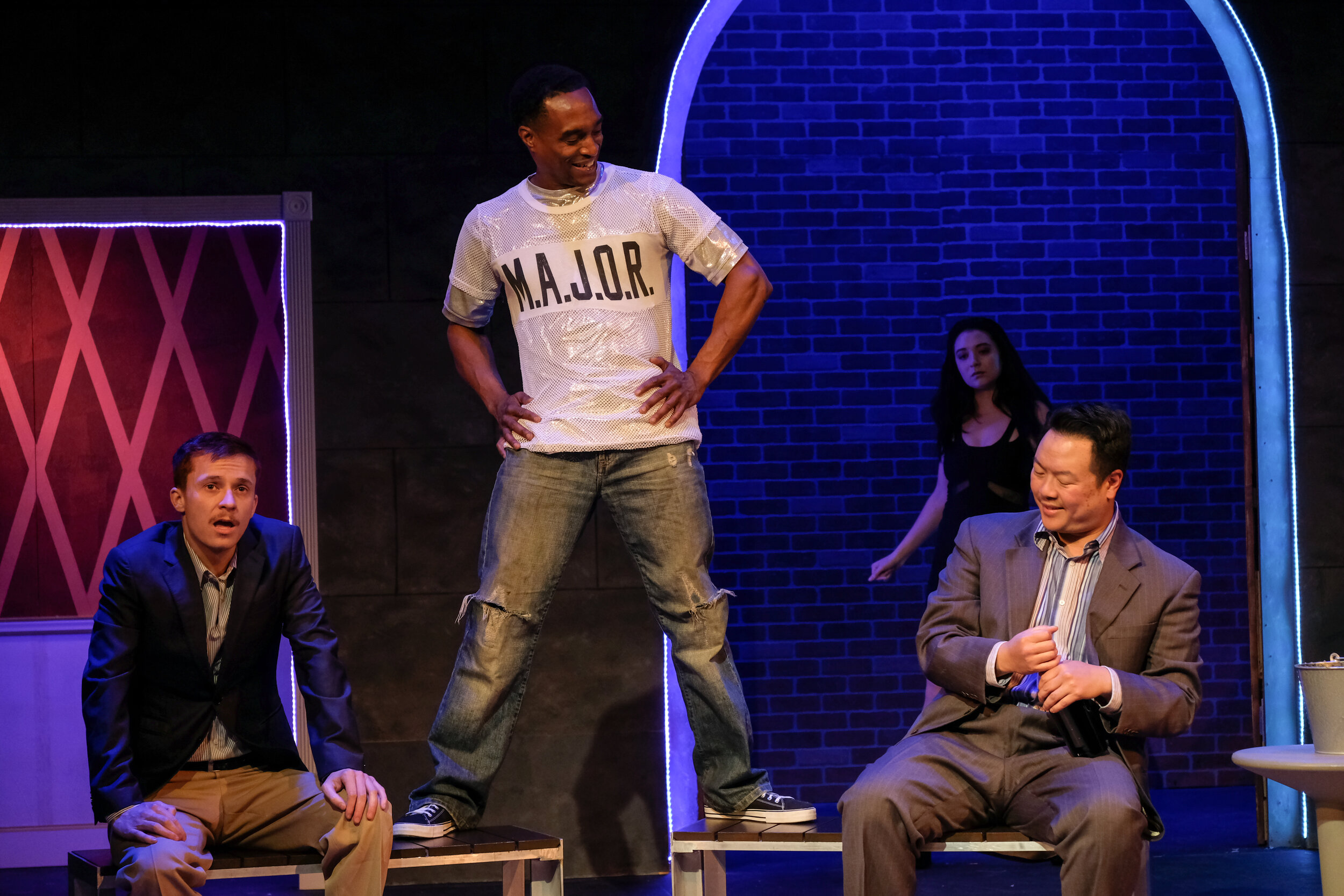
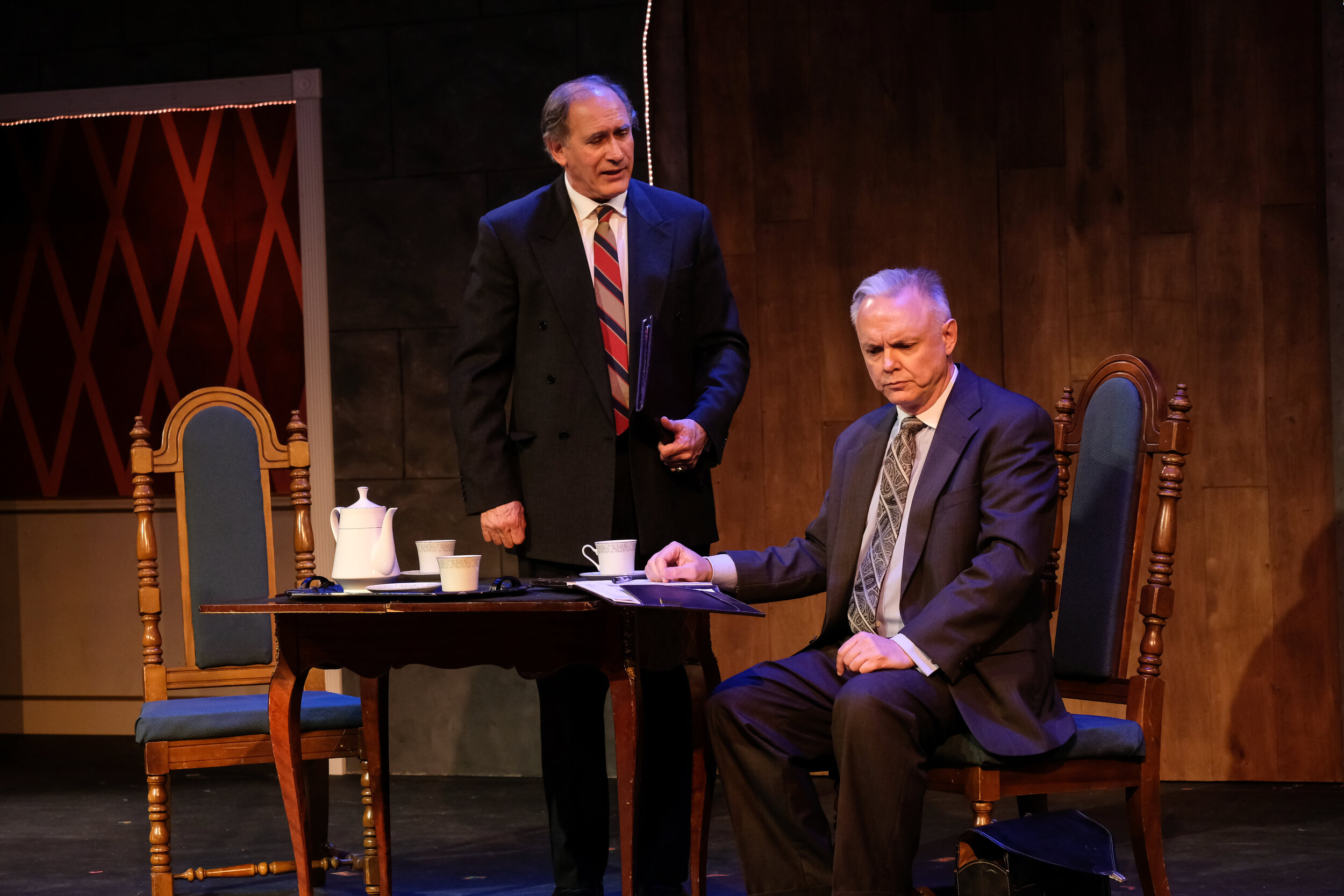
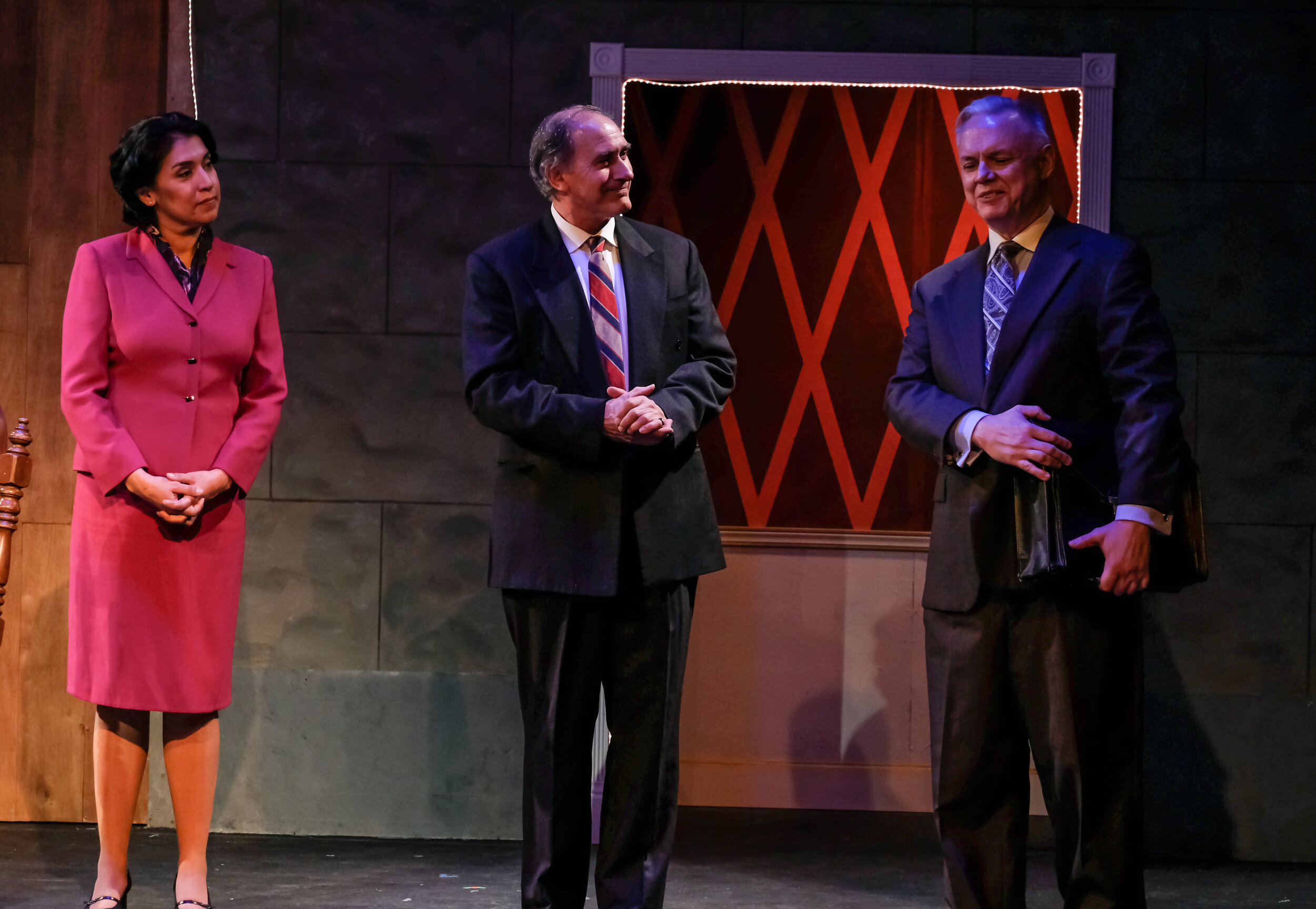
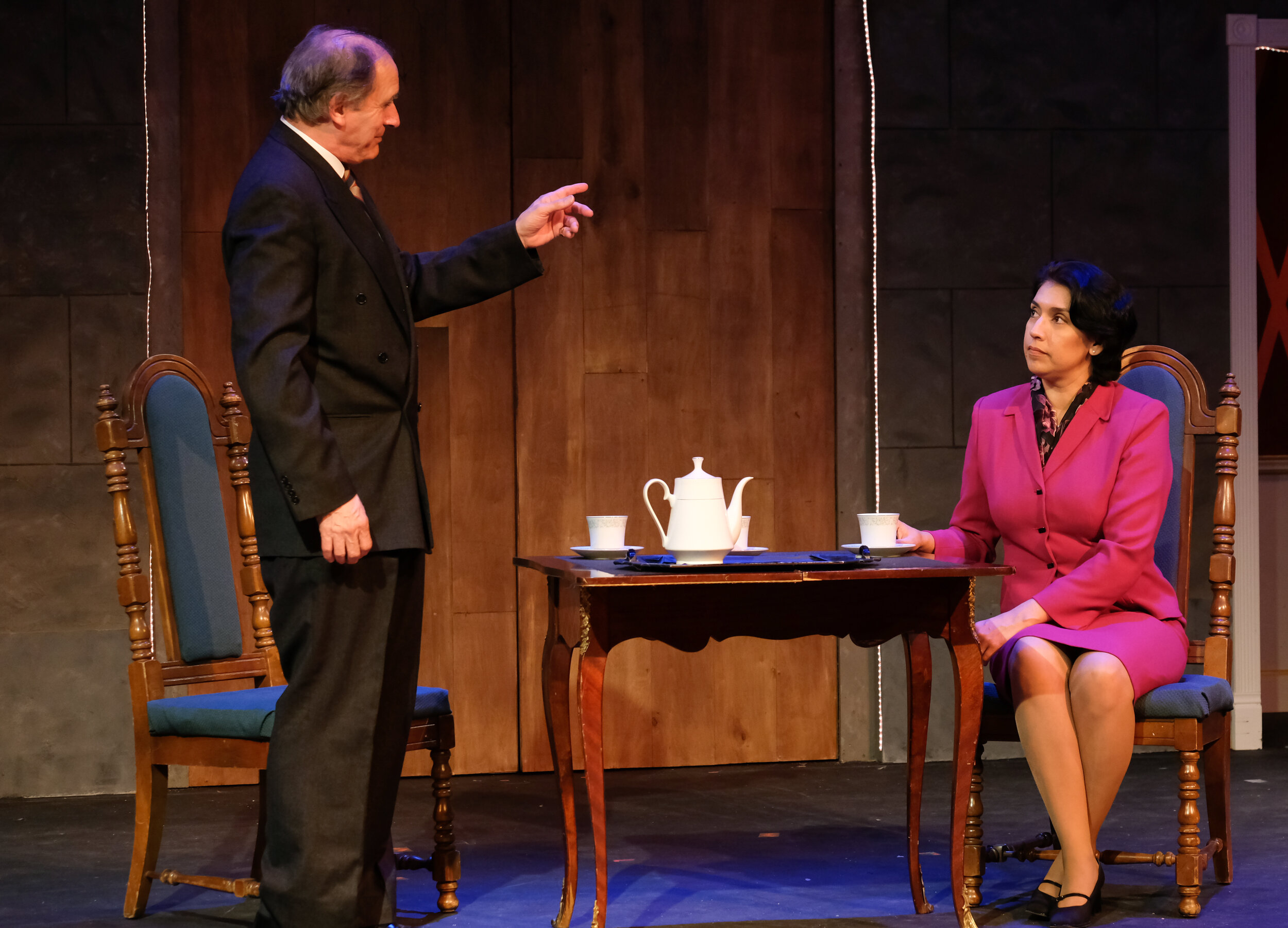
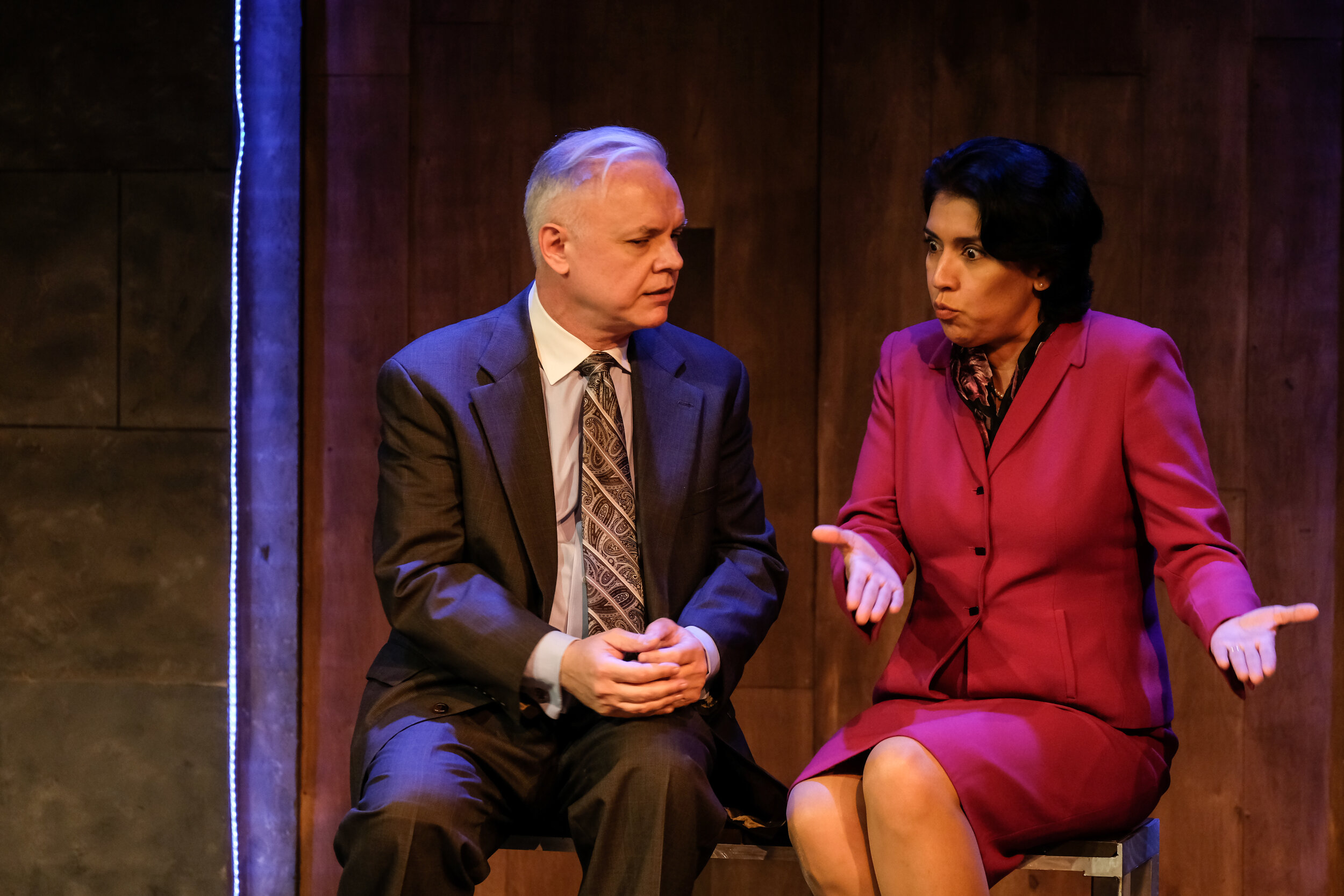


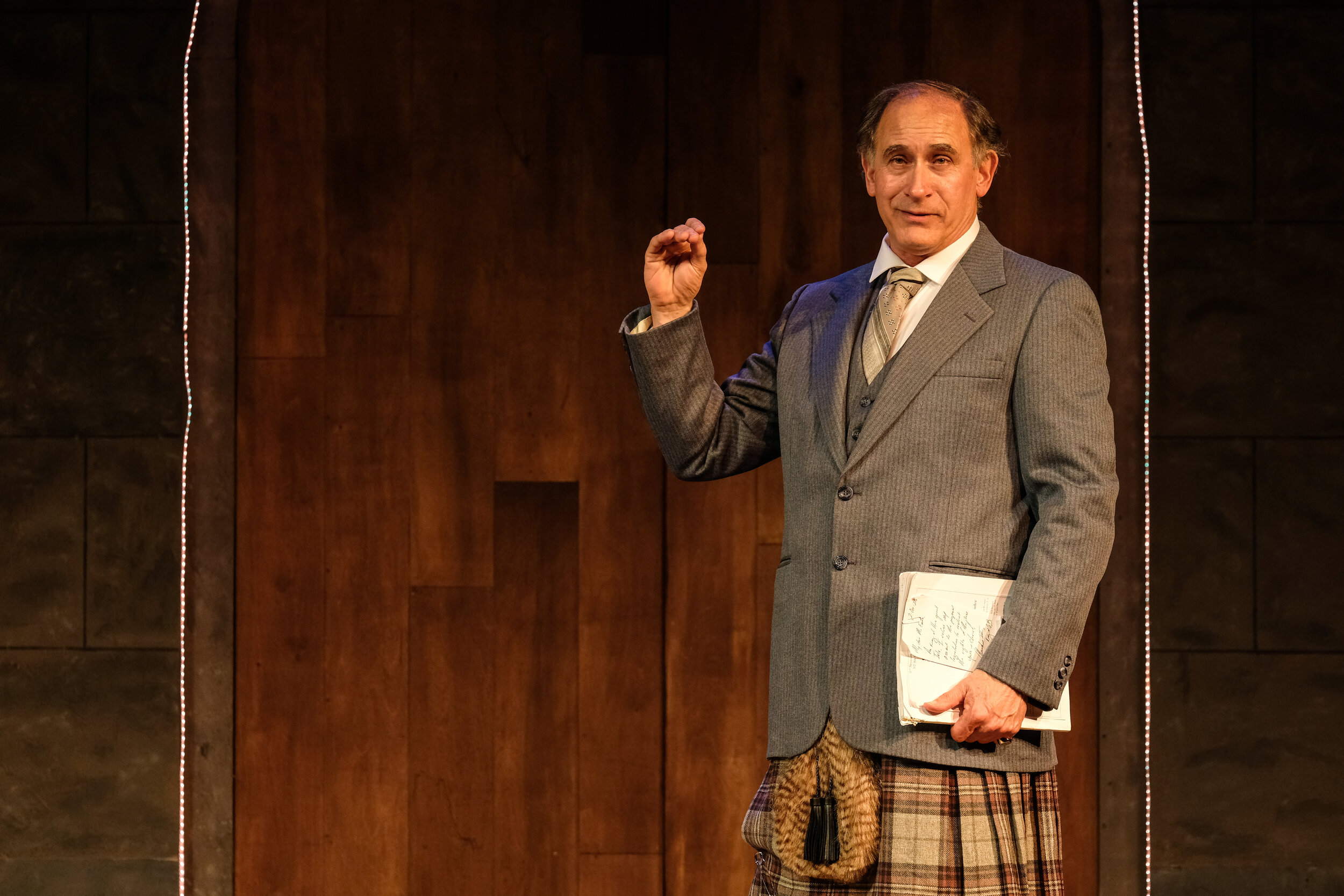

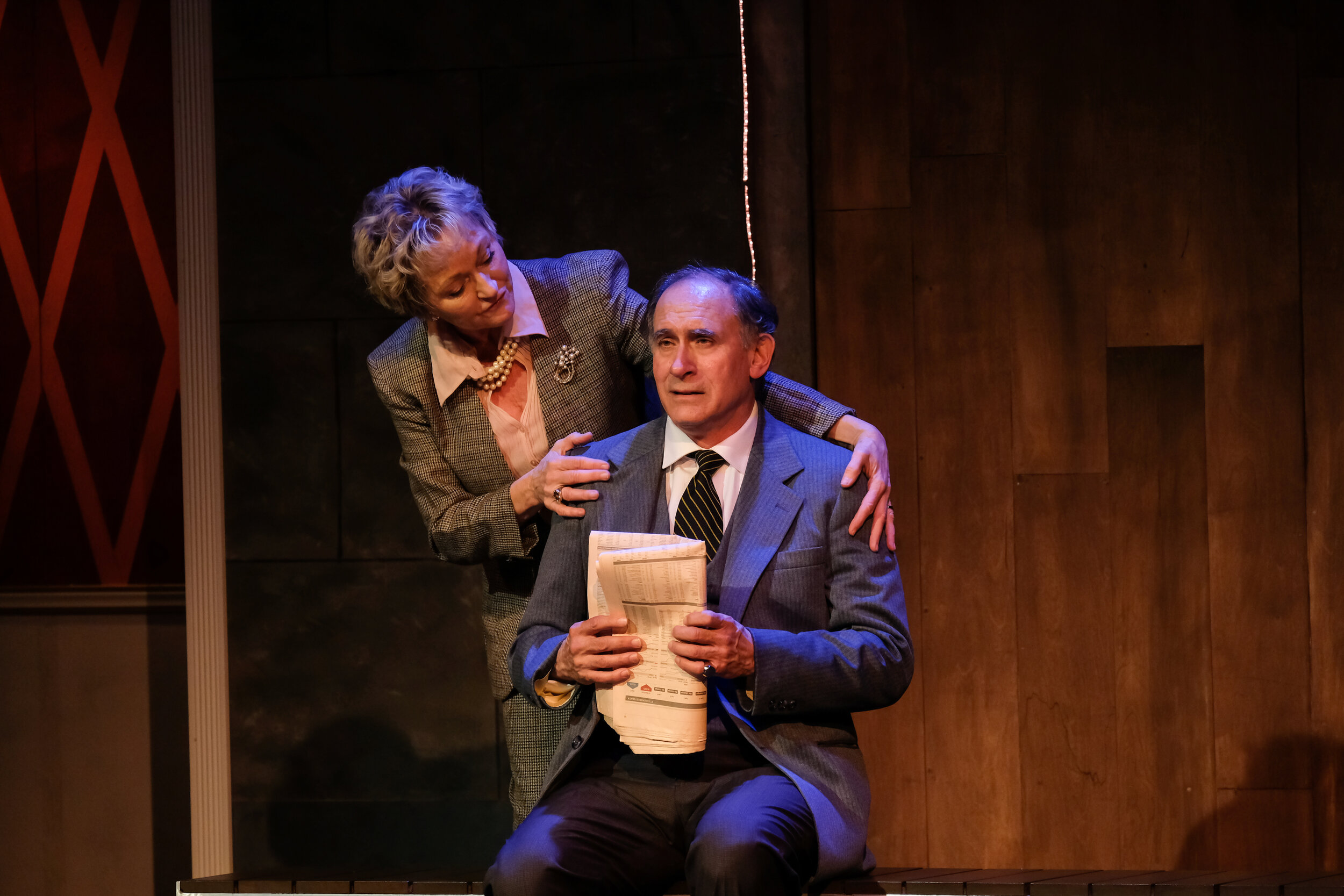
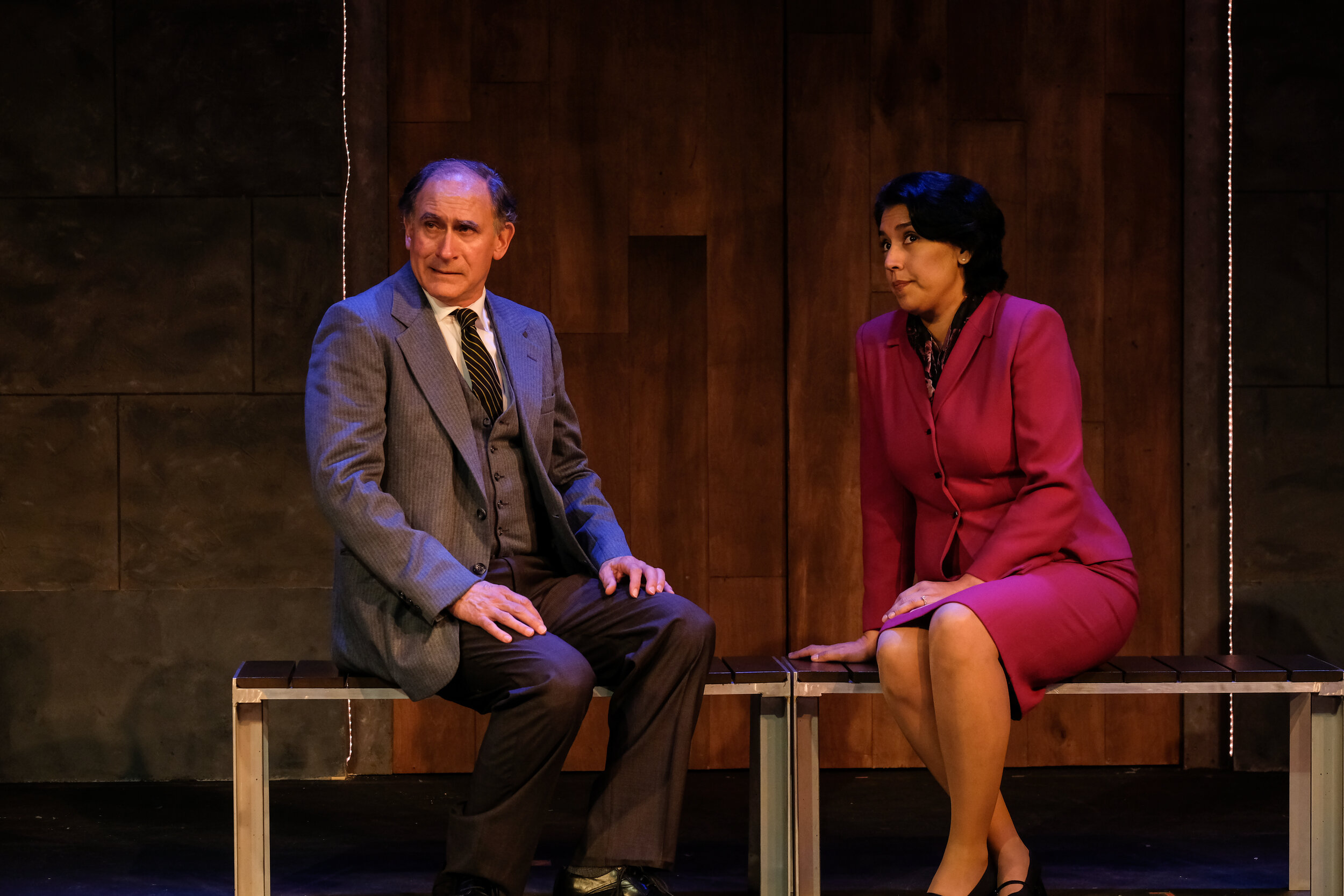
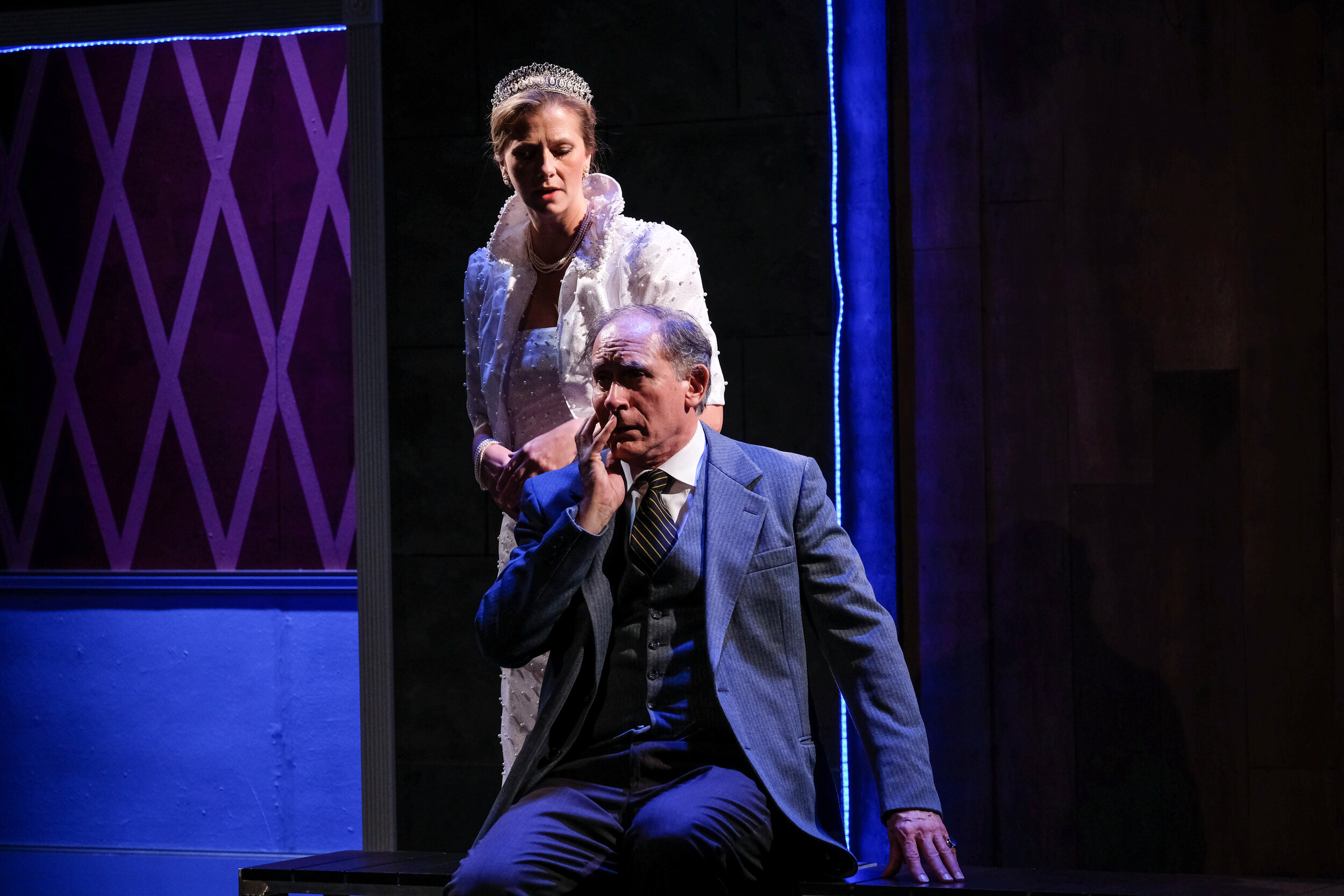
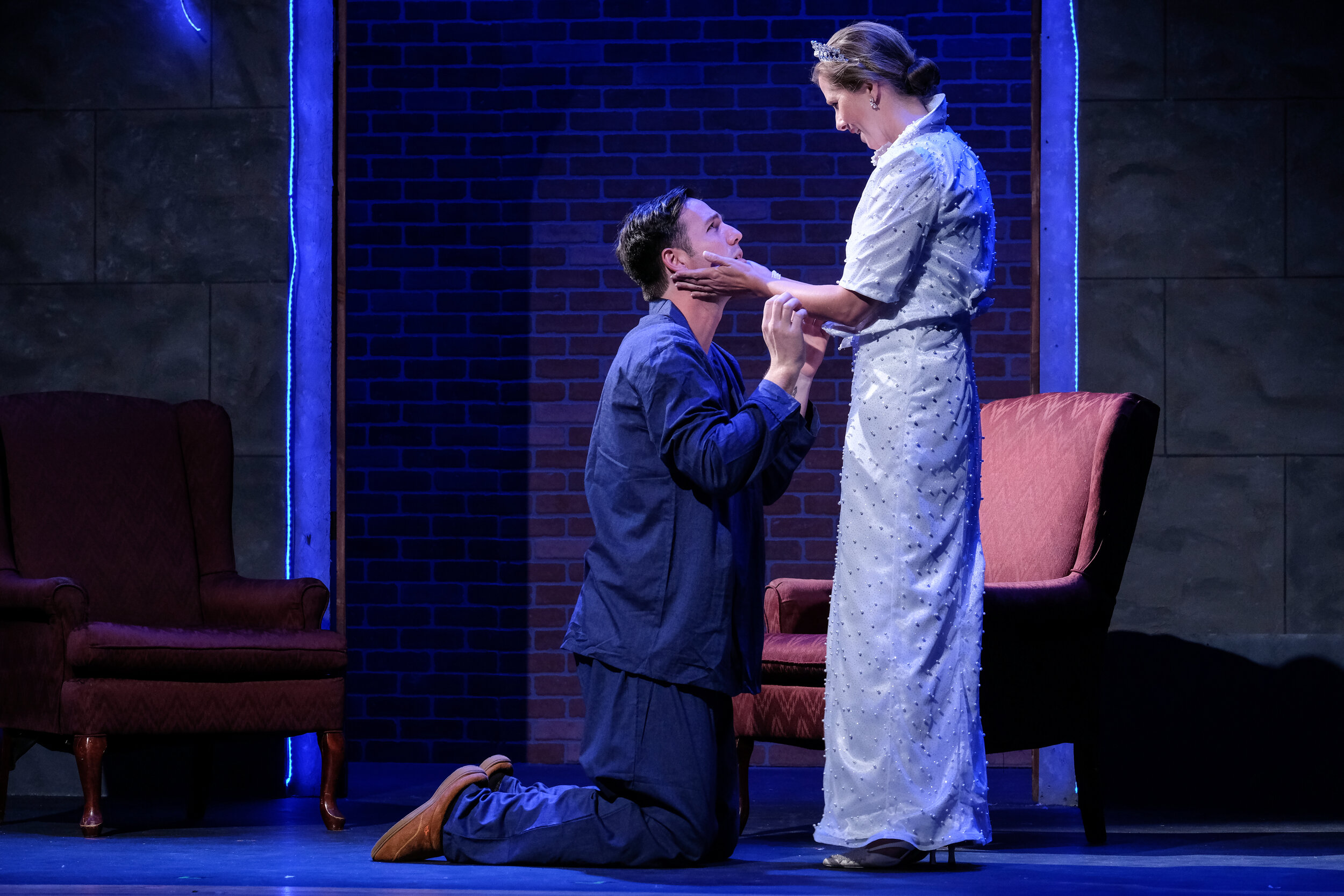
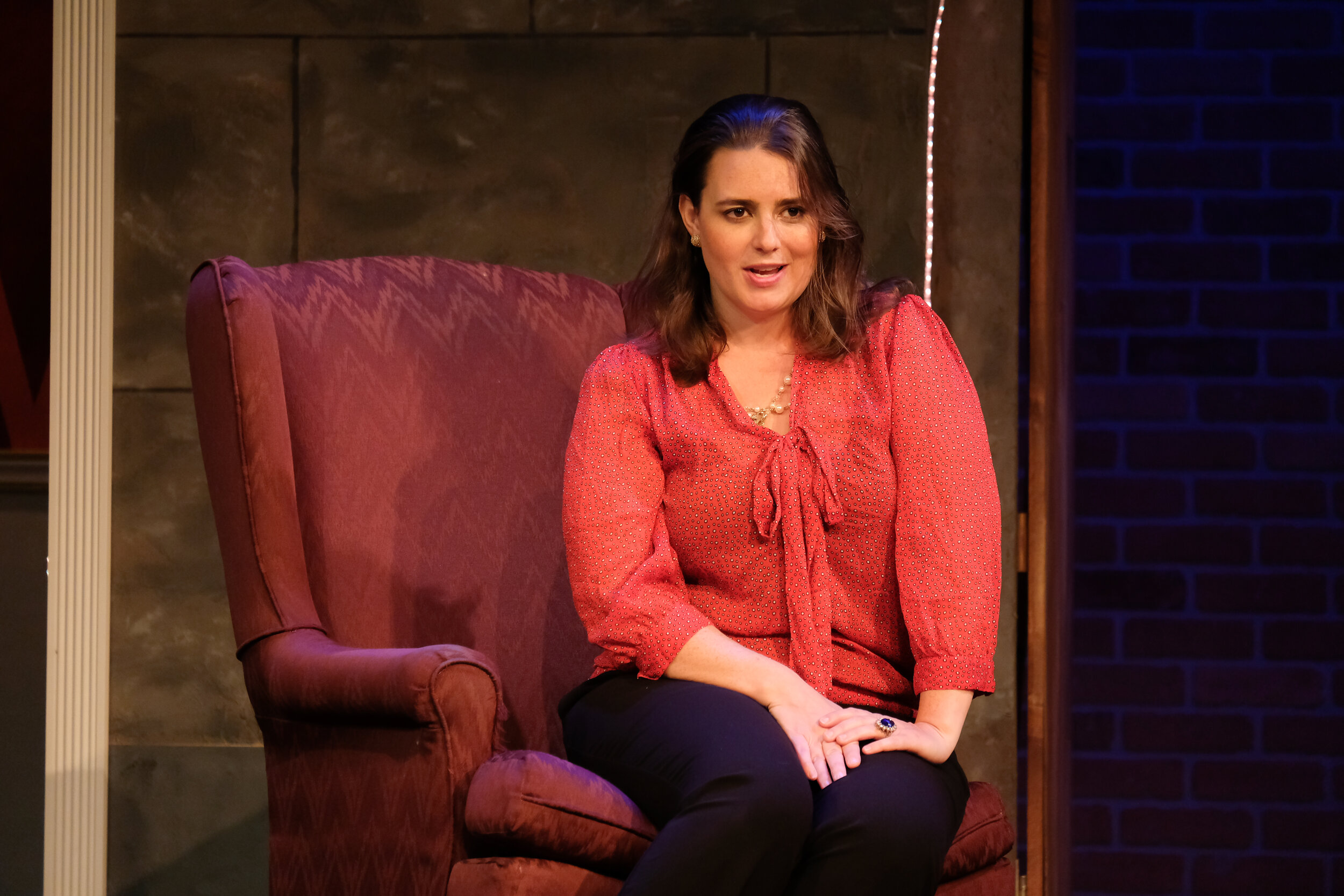
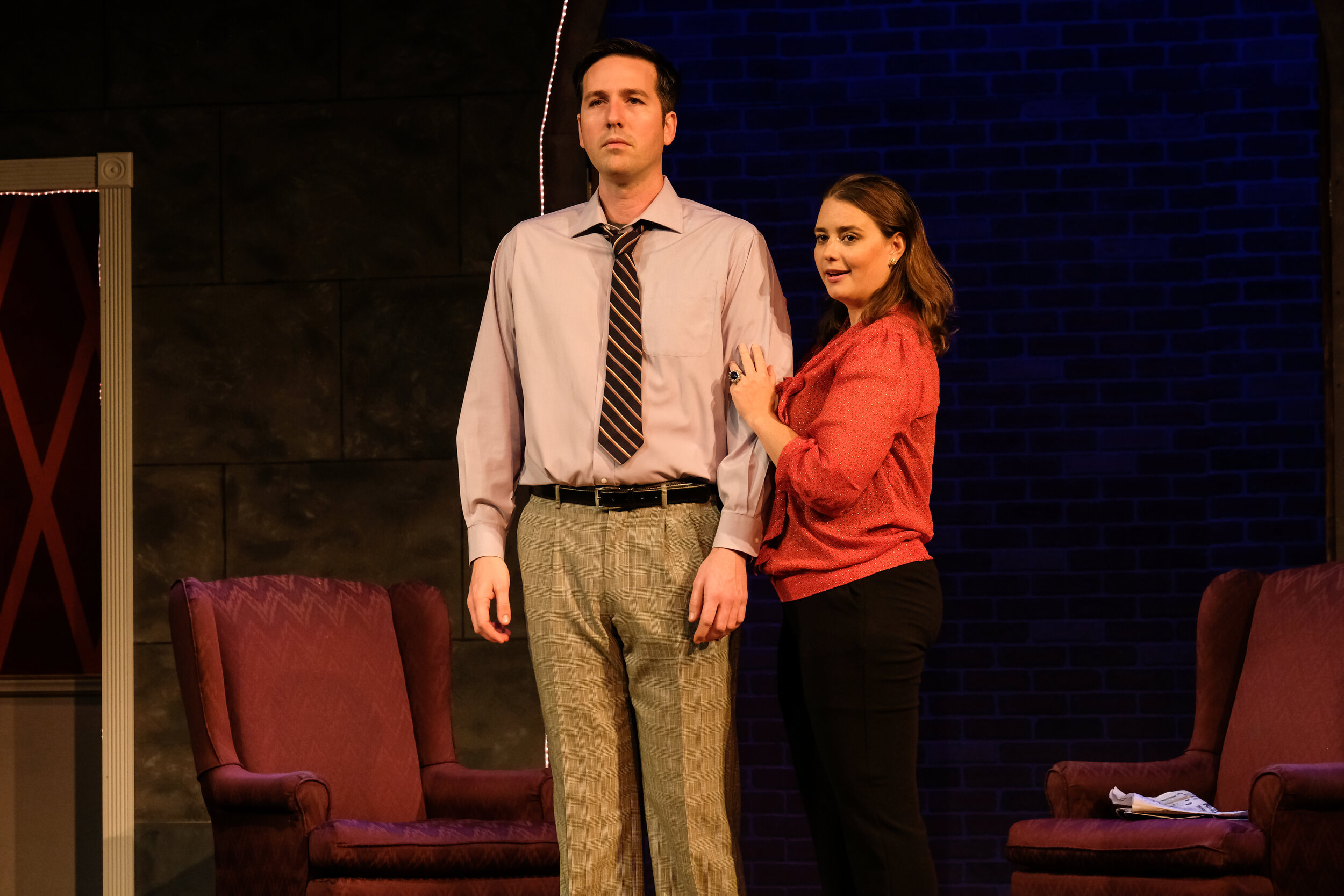
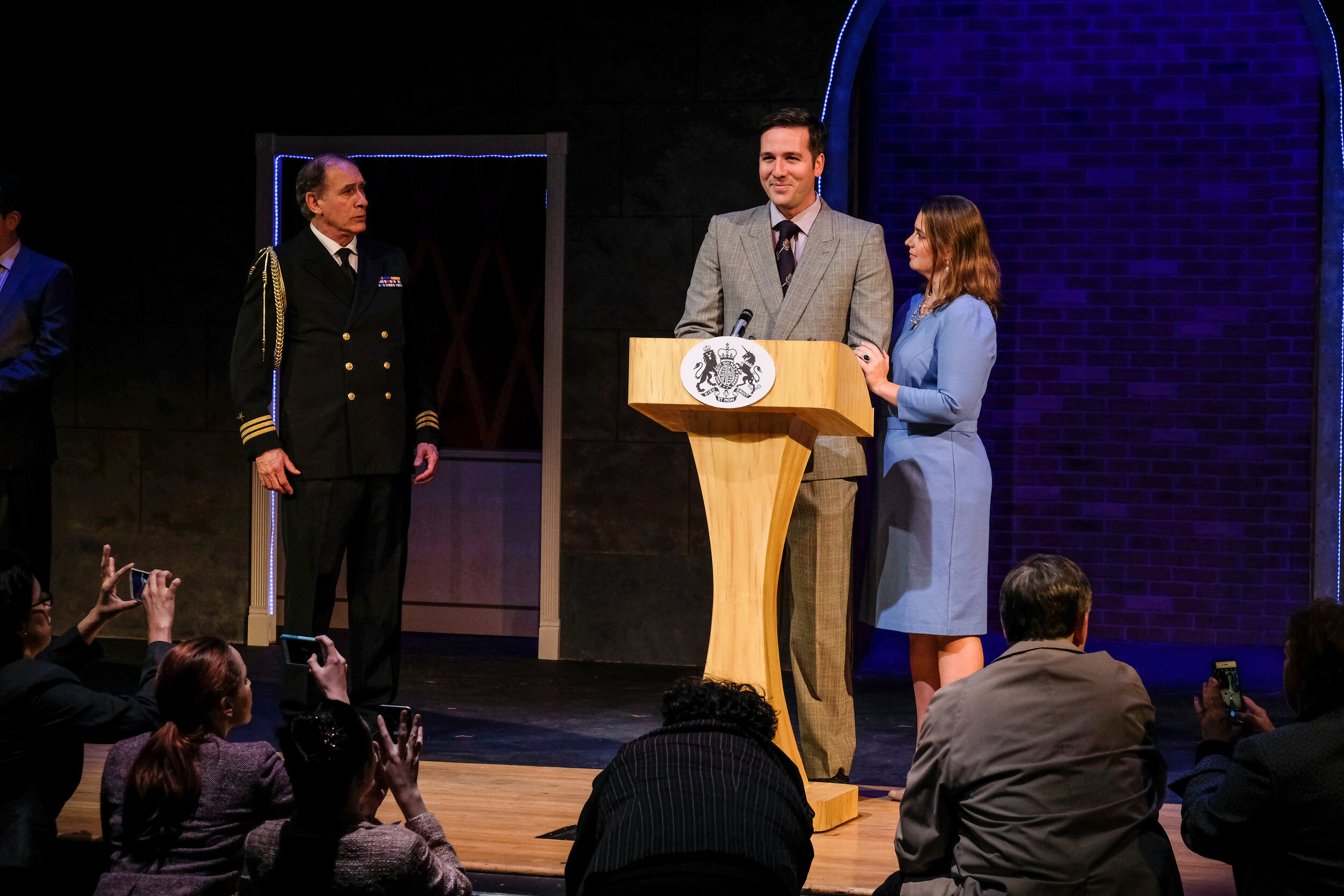
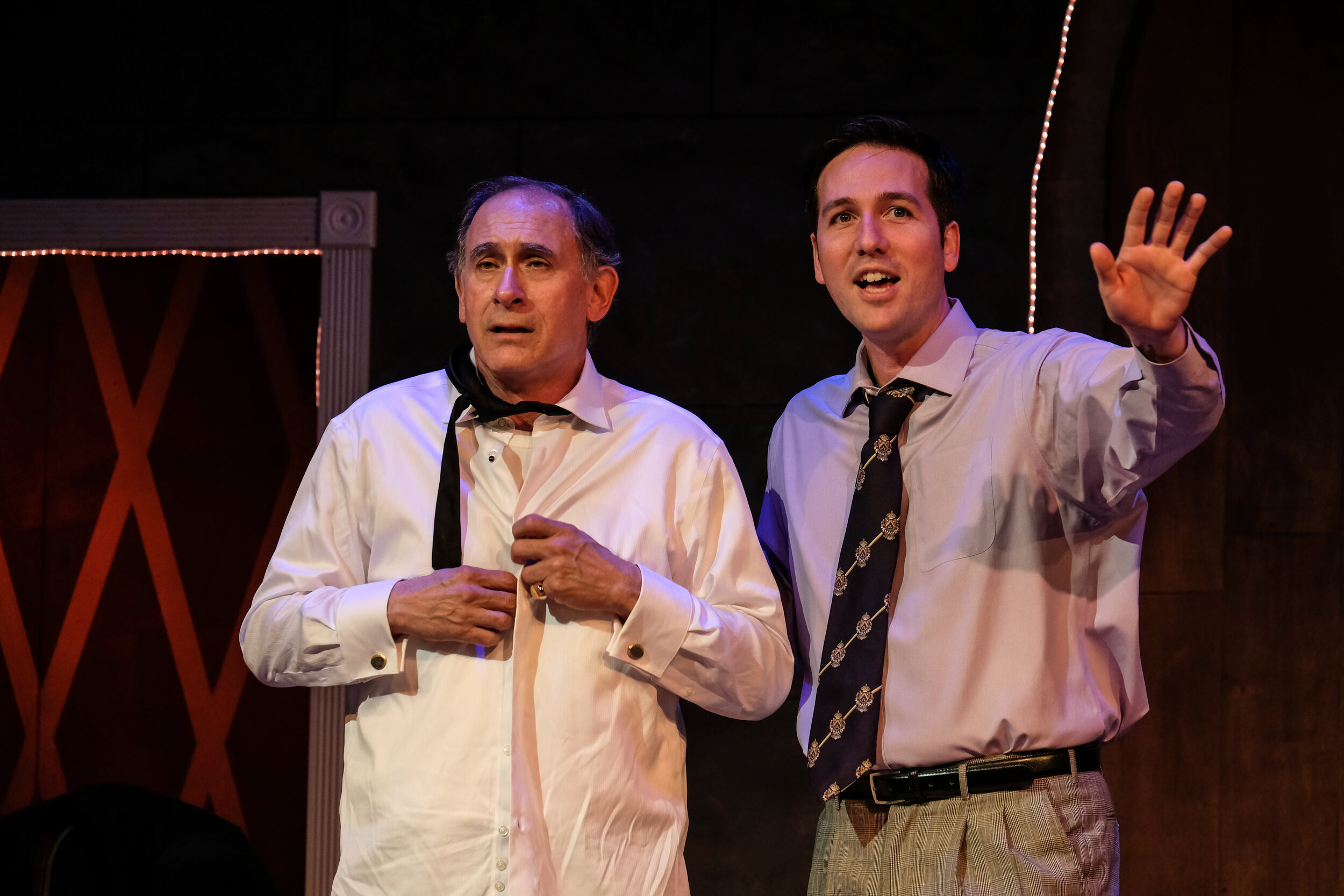
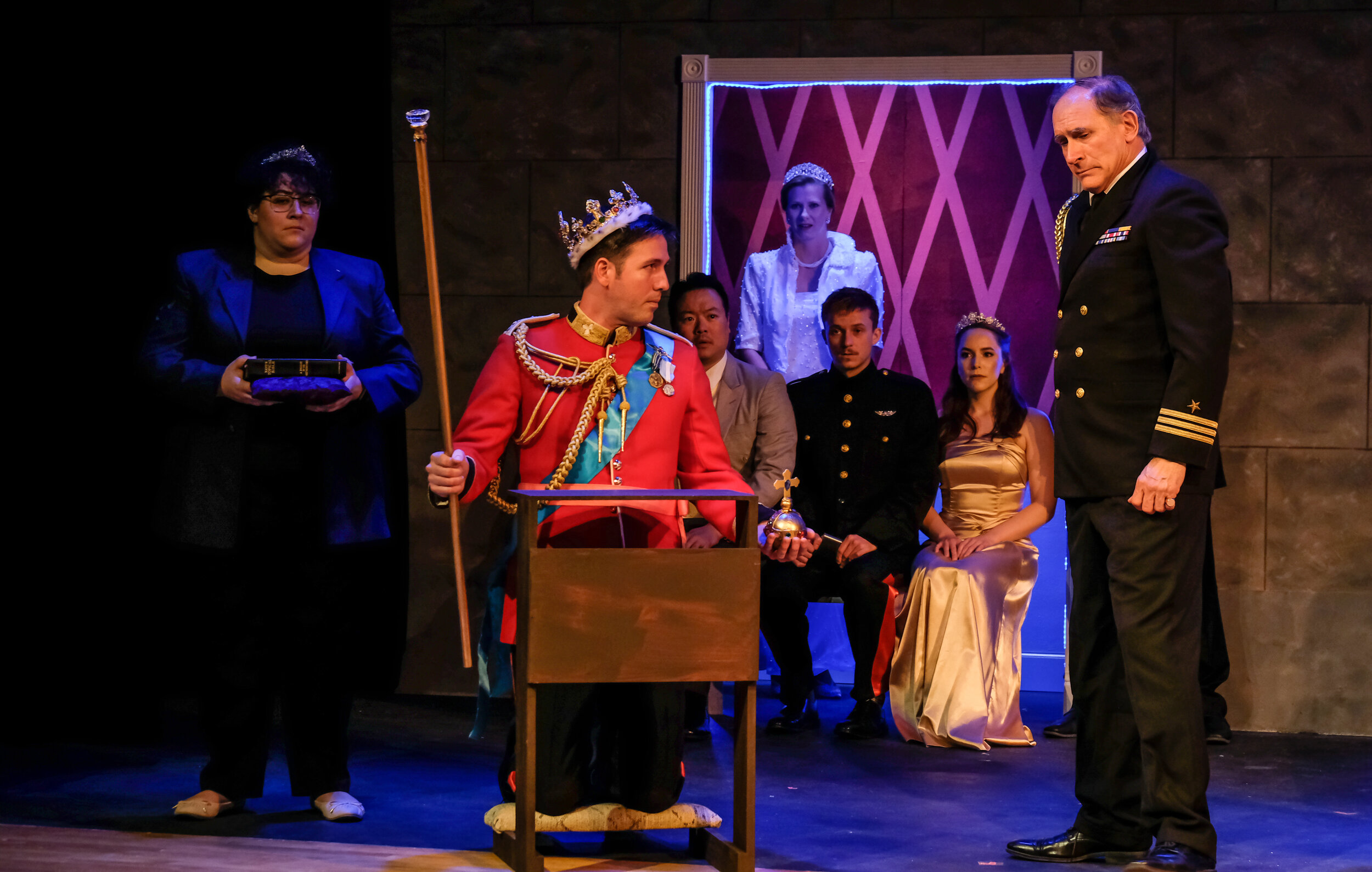




Behind the scenes.
Coronado Playhouse put together this promotional video to give prospective audiences a behind the scenes glimpse of the production. It includes snippets of a few scenes, the opening sequence, and interviews with cast members.
